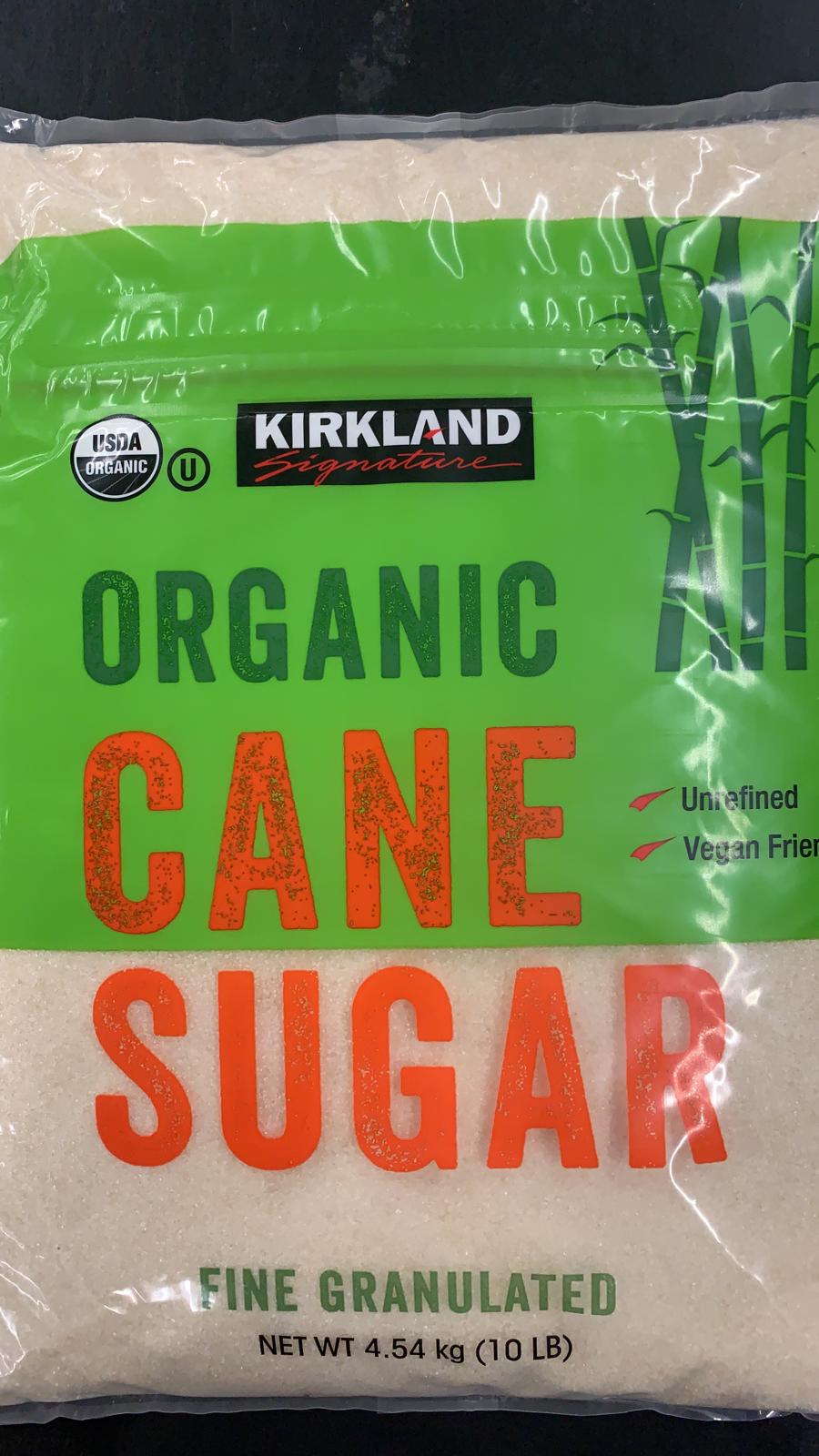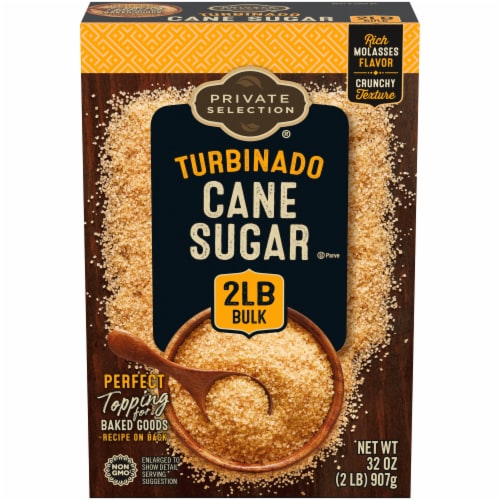Understanding the Essential Techniques and Technologies Employed in Modern Cane Sugar Processing
The evolution of walking stick sugar processing has actually been substantially shaped by the combination of advanced strategies and modern technologies that attend to both performance and sustainability. As we explore these crucial innovations, it becomes crucial to examine exactly how they not just boost production however likewise straighten with broader industry fads and consumer demands, raising concerns about the future of sugar processing and its effects for global markets.
Historical Context of Cane Sugar Processing
The historical context of walking cane sugar processing discloses an abundant tapestry of agricultural innovation and social exchange that has actually formed its growth over centuries. The process of refining and removing sugar acquired momentum in India, where techniques for crystallization were perfected around the 6th century.

Advanced Extraction Techniques
Effectiveness in cane sugar extraction has seen considerable developments, driven by the demand for greater yields and lower production prices. This technique not only increases sugar return yet also minimizes the energy required for processing.
In addition, the fostering of membrane layer purification modern technologies, such as nanofiltration and turn around osmosis, has actually reinvented the splitting up of sugar from impurities. These methods permit for the discerning permeation of sugar particles while maintaining bigger contaminants, improving the extraction process and lessening waste.
Moreover, the combination of continual extraction systems has caused boosted functional performance. Cane Sugar Processing. These systems maintain a consistent flow of cane material, guaranteeing optimal extraction conditions and reducing downtime connected with batch handling
Ingenious Refining Technologies
Refining methods in walking cane sugar handling have actually undertaken a transformative change, driven by the need for higher pureness and enhanced product high quality. One of one of the most notable innovations is the fostering of membrane layer purification modern technologies, such as ultrafiltration and nanofiltration. These procedures efficiently get rid of pollutants and colorants without the demand for comprehensive chemical therapies, thereby protecting the sugar's all-natural flavor and enhancing its charm.
One more considerable innovation is using ion exchange materials, which permit discerning removal of undesirable ions from sugar options. This innovation not only increases the total pureness of the end product yet additionally adds to decreased waste and ecological impact.
In addition, improvements in adsorption techniques, utilizing triggered carbon and various other advanced materials, have actually verified efficient in decolorizing sugar options while keeping optimum high quality. The combination of these cutting-edge refining technologies makes certain that manufacturers can produce refined sugar with exceptional clarity and preference, fulfilling the evolving preferences of customers.
Automation and Control Equipment
Recent developments in refining innovations have paved the means for significant renovations you can try these out in automation and control systems within cane sugar processing facilities. These systems use sophisticated software application and hardware to improve functional efficiency, minimize human mistake, and make certain constant product quality.
Modern automation incorporates different components, including sensing units, actuators, and programmable reasoning controllers (PLCs), enabling real-time tracking and control of important processes. For instance, pressure, temperature, and flow rates can be exactly regulated throughout removal, information, and condensation phases, optimizing performance and reducing waste.
In addition, advanced data analytics and device learning formulas play a pivotal duty in anticipating maintenance, permitting operators to anticipate tools failings prior to they occur. This proactive method not only minimizes downtime but likewise prolongs the life expectancy of machinery.
On top of that, automation promotes the application of Sector 4.0 principles, encouraging sugar mills to achieve greater connection and information exchange across processes. Therefore, decision-making ends up being more enlightened and dexterous, ultimately enhancing the overall competitiveness of walking stick sugar production. With these improvements, the market is well-positioned to fulfill expanding global needs while maintaining operational excellence.
Sustainability Practices in Sugar Production
Sustainability methods in sugar production have become progressively crucial as the sector seeks to balance financial feasibility with ecological obligation. As customer recognition expands relating to the environmental effects of agricultural techniques, sugar producers are embracing ingenious techniques to decrease their ecological impact.
One substantial method is the implementation of precision agriculture techniques, which make use of information analytics to optimize source use, such as water and fertilizers. This lowers waste and decreases the effect on local ecological communities. Furthermore, several producers are transitioning to renewable resource sources, such as biomass from sugarcane results, to power their procedures, consequently lowering dependence on nonrenewable fuel sources.
Water monitoring methods are additionally essential; rainwater harvesting and effective watering systems assist alleviate water shortage issues. Cane Sugar Processing. In addition, integrated parasite monitoring approaches minimize chemical usage, promoting biodiversity and soil health and wellness
Corporate social duty efforts are emerging, with business purchasing regional neighborhoods and guaranteeing fair labor techniques. By welcoming these sustainability practices, the sugar sector not just enhances its credibility however likewise adds to an extra lasting farming landscape, leading the way for future generations.

Verdict
In summary, modern-day walking cane sugar handling incorporates an array of advanced that site methods and modern technologies that substantially improve performance, sustainability, and yield. Collectively, these advancements place the walking cane sugar sector to meet contemporary demands while attending to crucial global obstacles.
The evolution of walking cane sugar processing has been dramatically formed by the combination of innovative strategies and modern technologies that address both performance and sustainability.The historic context of walking stick sugar processing discloses an abundant tapestry of agricultural technology and cultural additional resources exchange that has formed its development over centuries. Technologies in milling and refining arised, laying the foundation for contemporary walking stick sugar processing.Refining techniques in cane sugar handling have gone through a transformative change, driven by the need for greater purity and enhanced product high quality.In recap, contemporary walking stick sugar processing integrates a range of sophisticated strategies and innovations that substantially boost performance, yield, and sustainability.